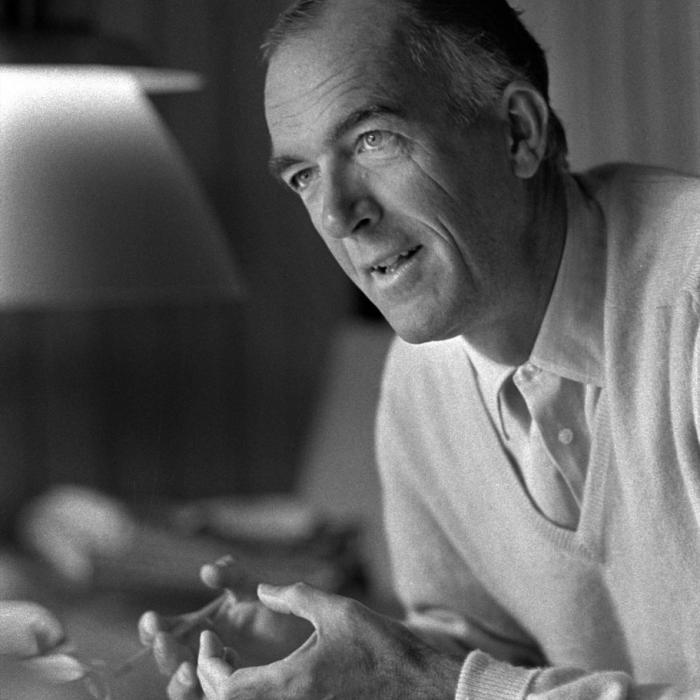Jørn Utzon – 1918/2008

Jørn Utzon
1918-2008
«La mia vita, da ragazzo, era nell’arsenale. Mio padre era un architetto navale. Lui costruiva yacht e grandi navi di ferro. A me piaceva stare in quell’ambiente». Su queste parole di Utzon si fondano i presupposti dei suoi progetti.
Scrutando l’intero suo lavoro, dalla forma alla struttura alla sintassi progettuale, riemergono infatti le sensazioni imprinting dell’infanzia. A 27 anni inizia l’apprendistato negli studi di architettura frequentando, fra i primi, quelli di Aalto e Asplund. Visiterà poi molti Paesi, dagli Stati Uniti – dove conosce Wright, Eames e Mies van de Rohe – al Marocco dove ha inizio la sua visione poetica dell’architettura. In Yucatan, nel Messico, è soggiogato dalle piattaforme dei Maya che riprodurrà nella National Opera House di Sidney del 1956. Tornato in Danimarca si cimenta in molti concorsi proponendo un’architettura che diventa landscape: case modeste ma di grande apertura verso il paesaggio.
Dotato anche per il design, guadagna una menzione del MoMa per una seduta con ossatura in legno, quasi zoomorfa, che sostiene un tessuto in tensione, adattabile alle forme del corpo.
La struttura dell’edificio è sempre un elemento costante che, attraverso lo studio del clima e dei sistemi aggregativi, modellerà le forme dei suoi progetti: Elineberg Market, a Helsingborg (Svezia), 1960; Utsep Furniture System, 1968; Stadium, a Gedda (Arabia Saudita), 1969; Kuwait National Assembly, a Kuwait City, 1972. Tutti uniti da un segno riconoscibile, costretto tra funzionalismo e organicità. Giovanni D’Ambrosio
‘My life, as a child, was passed in the naval dockyard. My father was a naval architect. He built yachts and great iron ships. I enjoyed being there.’ On these words are based the presuppositions that underlie Utzon’s designs.
His work as a whole – form, structure and the grammar of design – reveals the imprinting received in his childhood. At the age of 27, he worked as an apprentice in architectural firms, including experiences with Aalto and Asplund. He then journeyed to many places, from the United States, where he met Wright, Eames and Mies van der Rohe, to Morocco, where he first developed his poetic vision of architecture. In Yucatan, Mexico, he fell under the spell of the Mayan pyramids, which he was to replicate in the 1956 Sydney National Opera House. Back in Denmark, he took part in many competitions, putting forward a type of architecture that becomes landscape – modest houses with wide openings onto the landscape.
He was also a talented designer, earning a mention at the MoMa for a seat whose quasi zoomorphic wooden structure supports a fabric that stretches to fit body shapes.
Building structure is a constant element, which, through the study of climate and aggregative systems, gave form to his designs: Elineberg Market, in Helsingborg (Sweden), 1960; Utsep Furniture System, 1968; Stadium, in Jeddah (Saudi Arabia), 1969; Kuwait National Assembly, in Kuwait City, 1972. All united by a distinctive style, between functionalism and organicity. Giovanni D’Ambrosio

 English
English